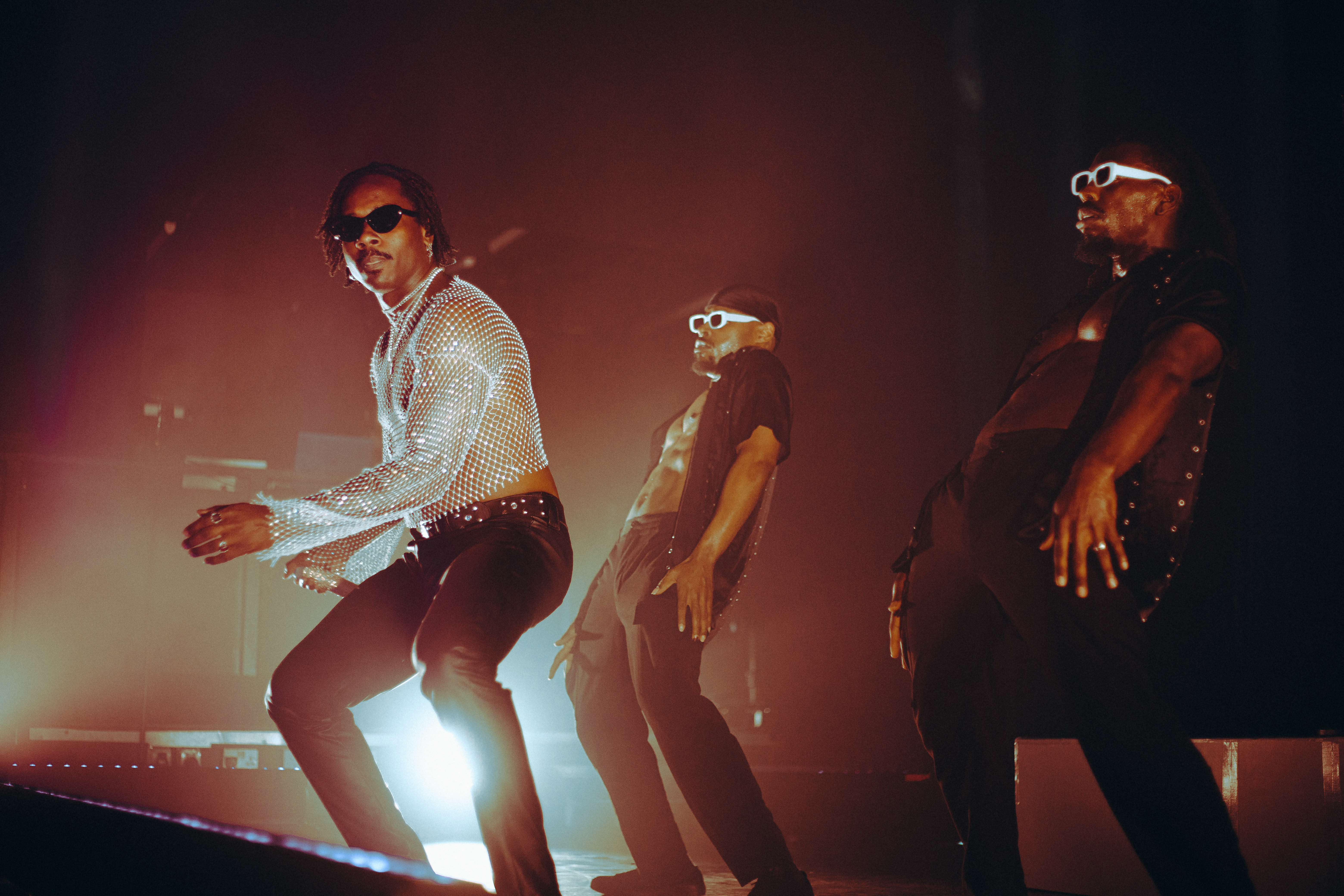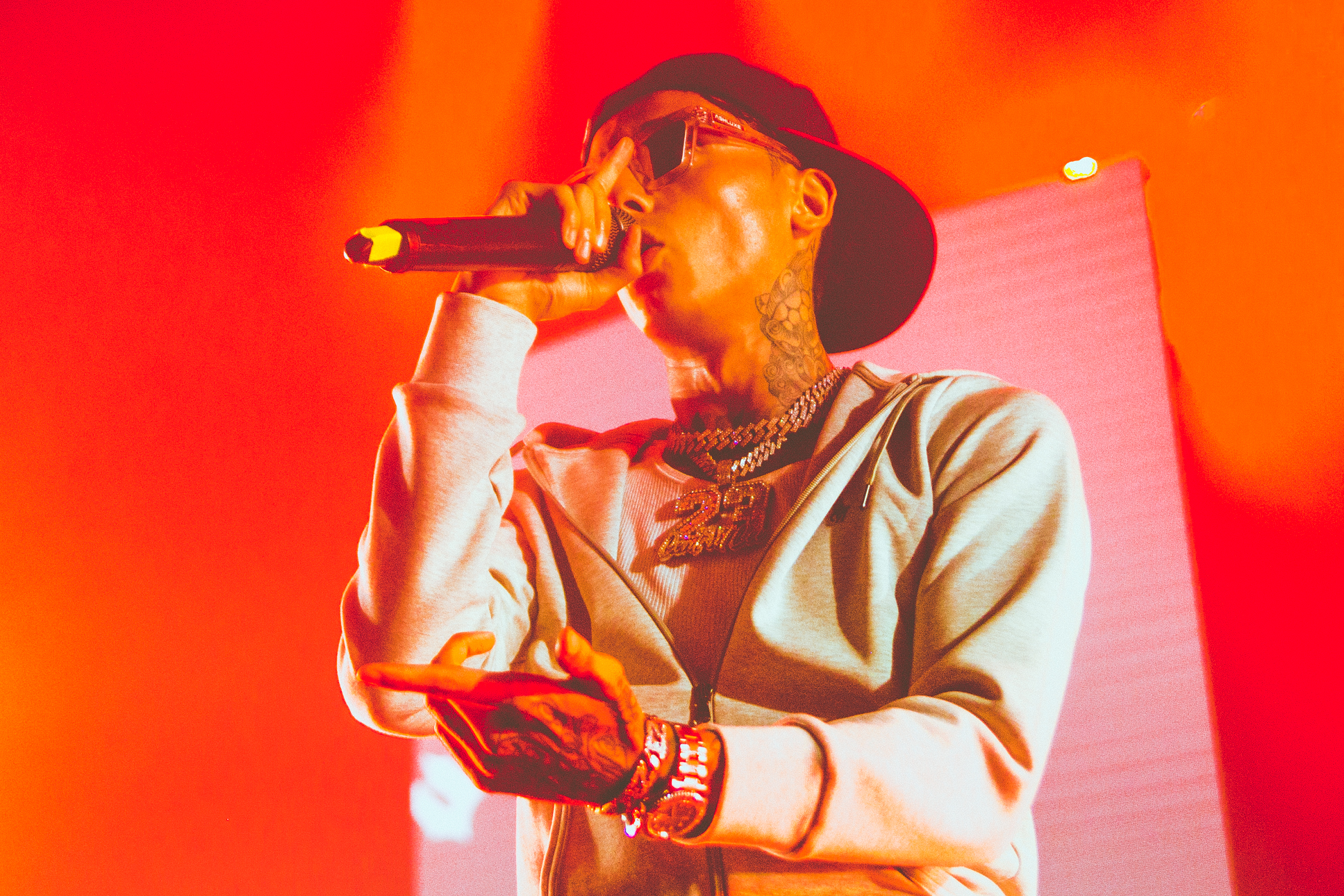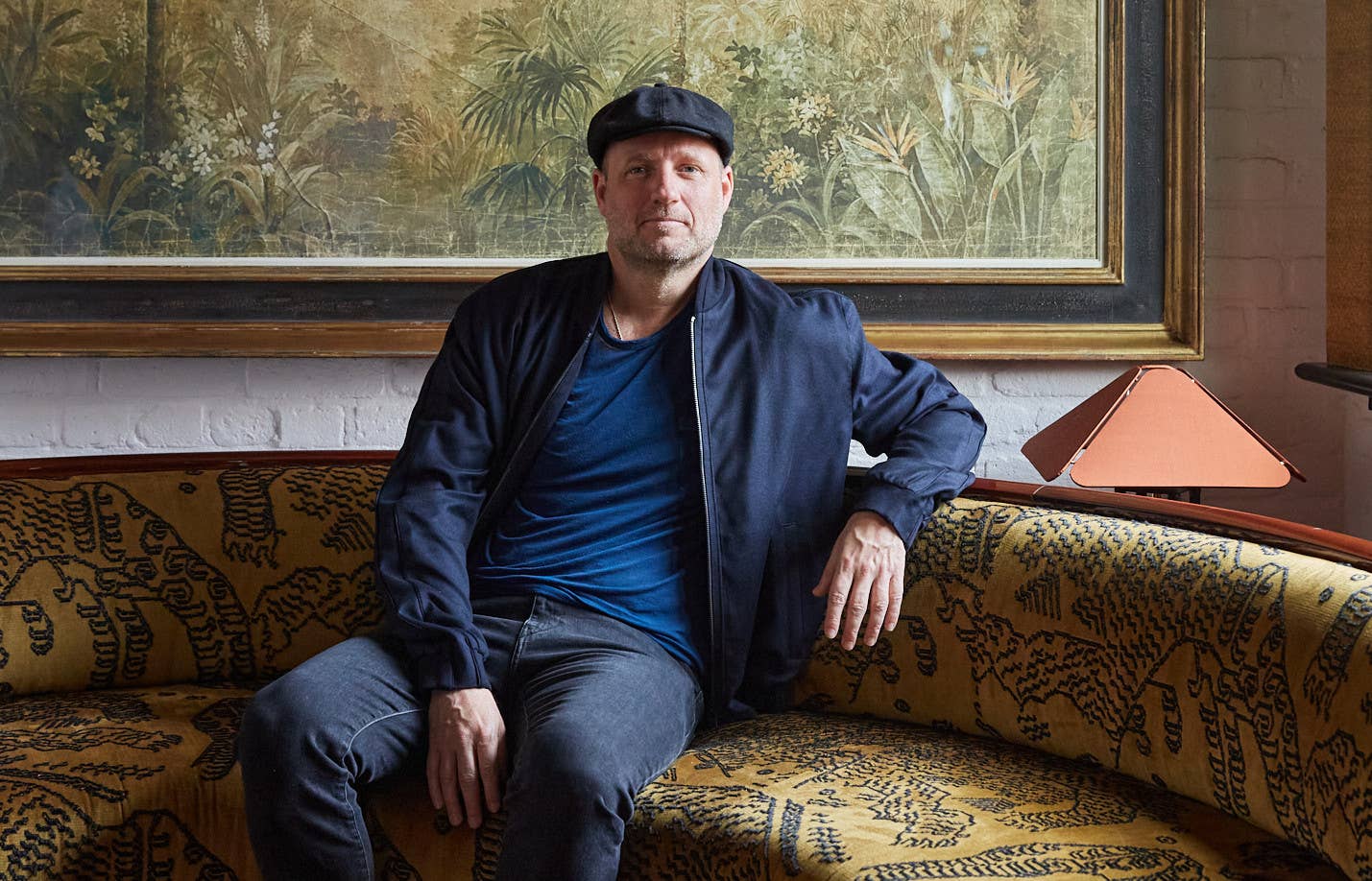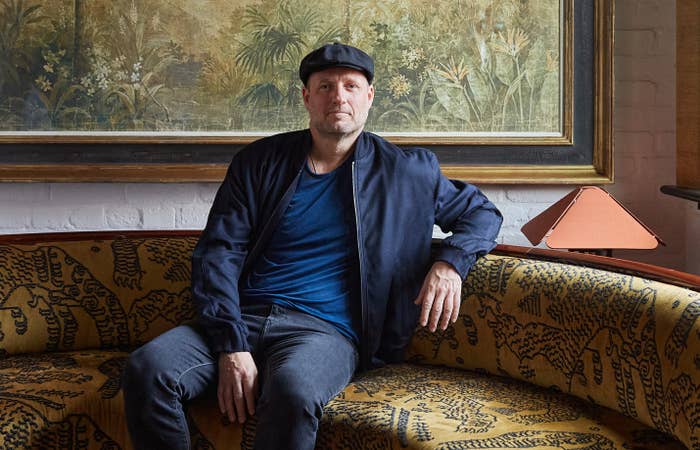
Between all the stories of nightclubs and venues closing down, beset on all sides by prosperity developers, punishing licensing laws and, more recently, the cost of living crisis brought on by inflation, there has been one or two glimmers of hope.
The story of Camden’s KOKO is one of the latter, although its recent history hasn’t been without its bumps. An historic venue, the former theatre can trace its history back to the turn of the 20th century when it was the Camden Theatre (later The Music Machine in the late 1970s). Over the next century, the venue was home to theatre productions, gigs, raves and even had a stint as a BBC studio, an unchanging constant through the dramatic evolutions of popular culture and music with everyone from Peter Sellers to Prince taking to its stage.
By 2004, however, the venue was looking a bit rough around the edges and in serious need of a fix-up. The owners at the time were ready to pass the torch on and Olly Bengough and his MINT Entertainment firm snapped her up and renamed the venue KOKO. From there, things were running smoothly and KOKO reclaimed her place as a beacon for Camden’s thriving music scene. It was a key spot in the indie explosion and hosted just about every band that defined the era. It also drew dance music of all kinds—grime, house, the lot. But then, in January 2020, Olly got hit with possibly the worst 1-2 punch of bad luck. A fire ripped through the building one night. Thankfully, there weren’t any casualties and the firefighters were ultimately able to save the venue, but it needed a huge amount of restoration.
KOKO had already been closed since March the previous year while it underwent a £40m refurbishment. And then, of course, Covid hit and they were forced to stay closed yet again. Miraculously, Olly and the team made it to the other side and he’s been able to give KOKO the upgrade he’s been dreaming of for all those years. The beautiful theatre has been kept in all its glory, but it’s now been supplemented by two additional spaces: Cafe KOKO, a bar/restaurant space open to the public for smaller, more intimate live shows, and The House of KOKO, a members-only club with multiple performance spaces.
Now celebrating the first anniversary of the new and improved KOKO with a bumper three-day weekend of parties, we caught up with Olly to discuss the venue’s history, the future of live music, and how he pulled off such a staggering feat.
“Everyone can lobby their MP and speak to their council members to make sure that independent venues are recognised as just as important an art form as opera, ballet, classical music and the arts.”
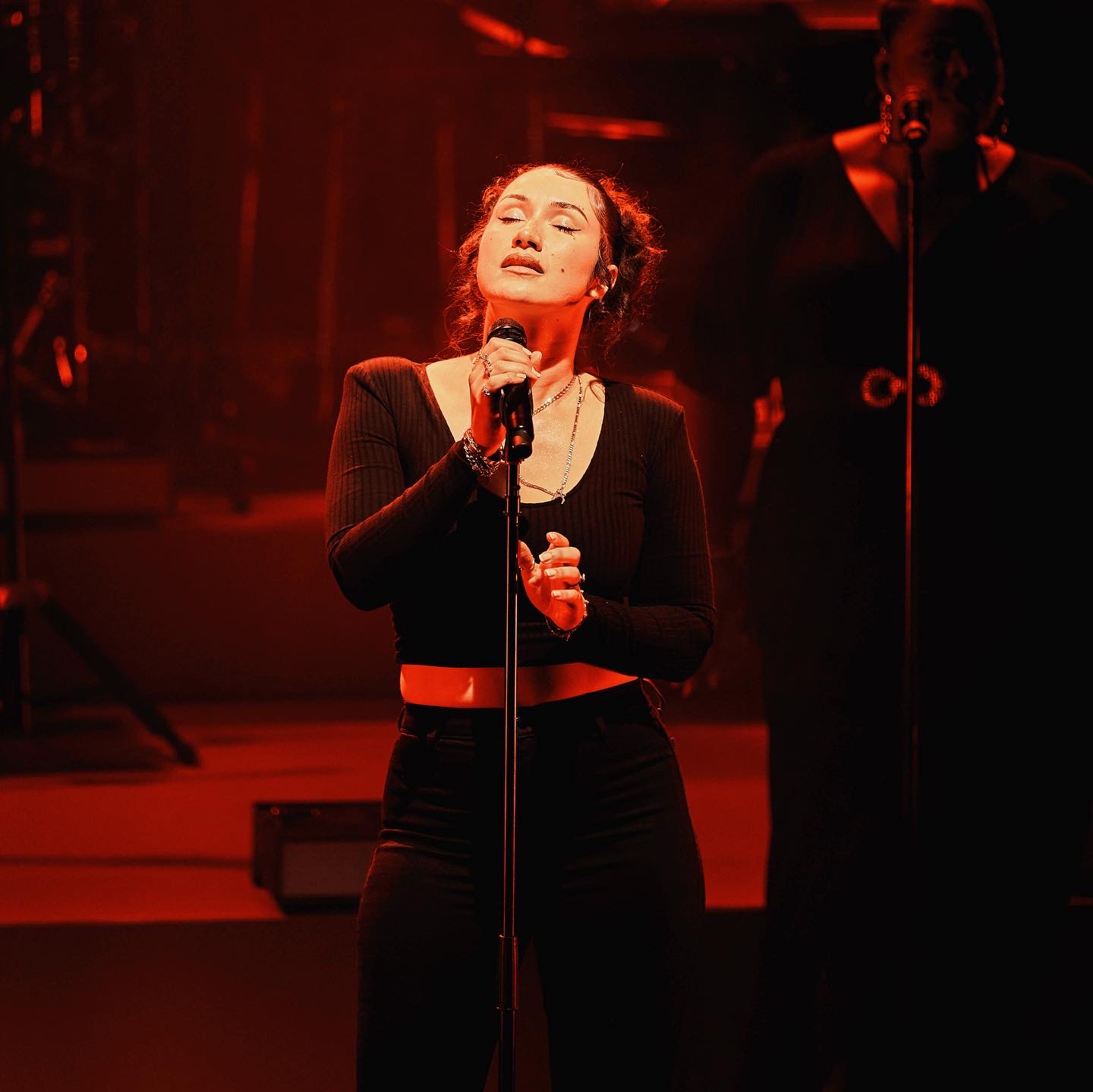
COMPLEX: With KOKO’s 1st anniversary celebrations coming up, what’s one thing you’re most proud of? The one feat you weren’t sure you’d pull off?
Olly Bengough: Hosting over 1,000 performances in one year across the new building was pretty wild, especially in this climate. Launching The House of KOKO has been a ride; it’s been exciting seeing it all come to life after so many years of planning, and to see the musicians and creatives that want to be a part of The House’s community and culture. The House of KOKO is our new members’ club backstage, with secret routes into the theatre, hidden rooms, and many beautifully designed spaces including a jazz club, penthouse recording studio, roof terrace restaurant, vinyl rooms, a piano room and more. Seeing artists like the Gabriels, Kojey Radical and John Oates performing in The House, and late-night partying in there with the likes of Joey Bada$$, Tems, Burna Boy and Diddy, has been fun. Also, creating some of the most innovative brand partnerships using our global, multimedia streaming facilities—which are integrated across the entire building, allowing us to stream in HD across three stages simultaneously into over 50 countries—was a new experience for us. We livestreamed Knucks’ show and created the world’s first Bitcoin drop with Luno. That was pretty incredible.
What was the decision-making process for picking the events you wanted for the first-year celebrations?
As always, KOKO is about curating and collaborating with the most artistic and eclectic style of artist—regardless of how big they are in mainstream media. We want to host artists who push boundaries in every aspect of their attitude and performance. We’ve had some amazing shows, from Arcade Fire, Lianne La Havas and Stormzy, to Cleo Sol, Jorja Smith and Channel Tres, to Ethiopian jazz star Mulatu Astatke to Diplo and Burna Boy. It was the year of the surprise guest, with Stormzy and Loyle Carner appearing onstage with Knucks; Little Simz and Chronixx joined Cleo Sol, with Common watching from the balcony; Giggs joined Jorja Smith, with Alicia Keys in the wings; Slowthai, AJ Tracey, Aitch and Knucks joined Kenny Beats; Burna Boy joined Black Sherif when he made history with his first ever London show; and Skepta joined K-Trap onstage.
We’ve completed one year of KOKO Electronic, which I believe is the freshest offering to London’s club scene, offering the best-in-class DJs from the underground to the mainstream against the backdrop of the majestic Victorian theatre. We’ve had everyone from Madlib, Jayda G and Diplo to Dixon, Jyoty and Uncle Waffles—and Kerri Chandler doing a four-week Chigaco house residency. Separately, Café KOKO has organically become a platform for some brilliant intimate shows, from the likes of Bisa Kdei, Lojay, Pheelz and Sarkodie. Stormzy had his birthday party in the Café and Tems got up one Sunday whilst eating with friends and performed impromptu, which was fun.
Were there any venues or spaces from your younger years for inspiration when renovating KOKO?
I always loved Rotation at Subterania. And the magic of a late night in the Astoria, before everything got so bougie [laughs]. Aside from that, my inspiration came from travelling a lot around the world and noticing how hospitality is done well in New York, LA, Paris, etc.
This is the second time you’ve had to restore the venue, albeit from different conditions. How did the two restoration projects compare? Were there lessons learned from the first time that came in handy this time?
The second time was a totally new learning curve because we built the new 25,000 square foot members townhouse at the back of KOKO, brick by brick, which was a much bigger and way more intensive development than the original restoration of the Theatre back in 2004. We had to overcome huge challenges second time around—a fire, a flood, and then the pandemic—so it really was an epic journey, and continues to be. Luckily, I worked with very skilful people over those years—hundreds of talented craftspeople on the restoration of the theatre, plus The Victorian Society, English Heritage and the Archer Humphryes Architects.
